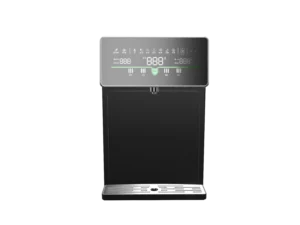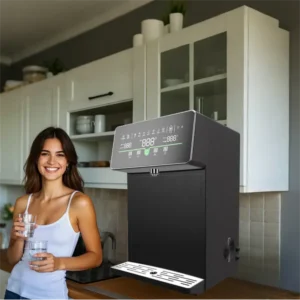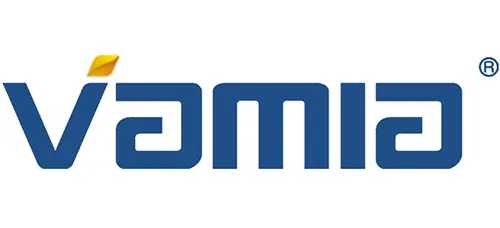Ion Exchange – Targeted Contaminant Removal
Water Purifier Factory, Water Purifier For Home, Water Purifier Machine, Water Purifier, Water Filter Purifier System

Ion exchange is a chemical process used in water purifiers to remove specific ions from water.
Ion exchange resins are used in this process. These resins are small, insoluble beads that contain fixed charged groups.
For example, cation – exchange resins are used to remove positively charged ions such as calcium, magnesium, lead, and copper.
Anion – exchange resins, on the other hand, are used to remove negatively charged ions like chloride, sulfate, and nitrate.
The ion – exchange process occurs when water passes through the resin bed.
The ions in the water are exchanged with the ions on the resin.
In the case of water softening, a common application of ion exchange, calcium and magnesium ions (which cause water hardness) are exchanged for sodium ions present on the cation – exchange resin.
However, the ion – exchange resins need to be regenerated periodically.
This is usually done by passing a concentrated solution of the replacement ions (such as brine in the case of water softening) through the resin bed to restore its ion – exchange capacity.
Ion Exchange – Targeted Contaminant Removal


